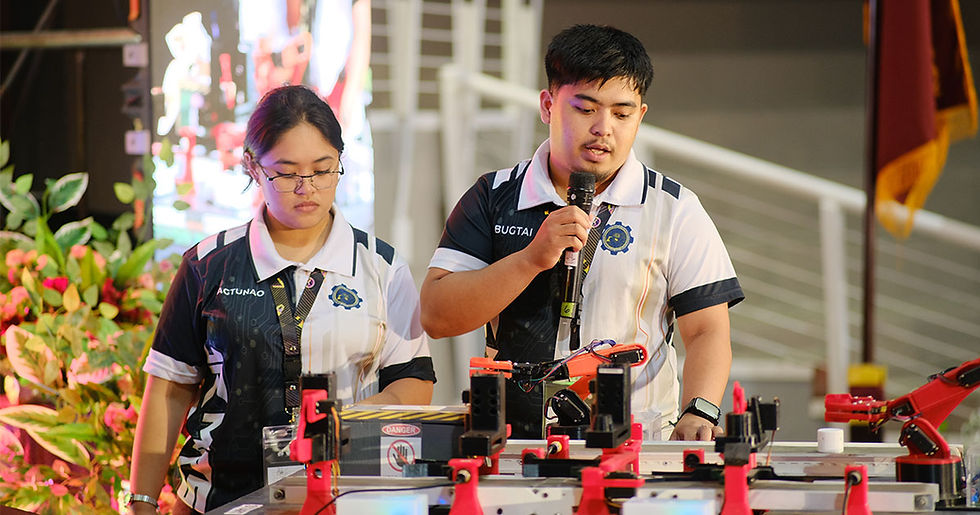Sparking Imagination, Creating & Making Child-Designed Soap in Iraq
- Field Ready

- Jun 21, 2018
- 3 min read

After spending a fun-filled week with our child-designers, we had a set of 12 animals to be placed inside different combinations of transparent soap, and it was time for production.
The original plan had been to carry two 3D printers with us into Iraq, but at the last minute, additional restrictions due to the closure of Kurdistan’s international airspace made that impossible, and a plan B was born. Field Ready has a wide network of makers in different locations, and with additional local knowledge of our Iraqi engineers and Save the Children local staff, we had a mini-network of makers we could distribute design files to for our chosen animals.


The teams all turned their orders around within little over a week. However, we split deliveries into two to make a start on the soap making, and make sure we didn’t lose any whole set as it traveled across a border or overland across Iraq, and hence had a few early morning parcel pick-ups from ‘Baghdad Garage’ in Erbil!
In the meantime, we developed the packaging for the soap with feedback from local staff and children in the camp on a suitable names, colors and shapes. We also experimented with different mould shapes, and settled on a round, jelly mold which was easy to get hold of and a prefect dimension to both accommodate the toys while not being too large for small children’s hands.
We had already decided that the soaps would be made by melting transparent soaps already on the market in Kurdistan to avoid a lengthy process of approving the chemical composition of the soaps [we had agreed previously with the Ministry of Health that the toys would meet international choking hazard specifications]. After receiving our delivery of 1000+ bars of soap and transporting them to the Save lab, the team spent an intensive few days producing 200 soaps with toys and 200 control soaps using the following method:
Trim and sand toys to ensure no sharp or rough edges
Cut soap into squares approx. 2cm³
Microwave soap until melts (for our microwave this was approx. 3min for 400 grams of soap)
Spray rubbing alcohol into mold
Gently pour soap, filling half the mold
Spray more rubbing alcohol to dissipate bubbles
Leave to semi-harden
Place toy in soap and spray with rubbing alcohol
Fill the remainder of mold with melted soap and spay alcohol until bubbles removed
Leave to harden overnight
Remove from mould and trim edges
Pack

The soaps with toys were delivered to 40 households by hygiene promoters in a short, fun and interactive household session involving a glitter game to teach the children how germs spread and a demonstration of how to wash hands using the toy soap and the seven steps of handwashing but avoiding traditional health-based messaging., A further 40 households received the control soaps – identical apart from the toy with standard health-based messaging in a 10 minute household visit. The handwashing behavior of these households was observed over a 1 month period under the supervision of the London School of Hygiene and Tropical Medicine. Focus groups and interviews showed the participants satisfaction with the soaps and children were observed attaching the toys to their school bags.
The preliminary results of the study suggest that the intervention was successful and a manuscript (Watson et al; under review) is currently under review with a peer-reviewed journal - watch this space! Our team is now exploring opportunities to expand our research to different contexts and assess the added-value of the participatory design process, as well as how to get more soaps into the hands of those who need them ASAP – interested partners are invited to get in touch!


_edited.png)




Comments